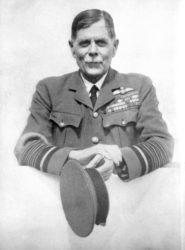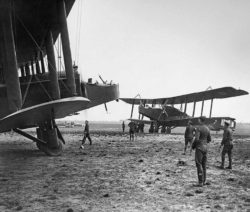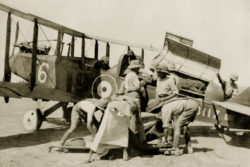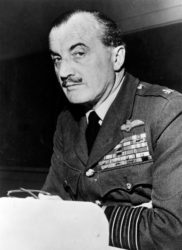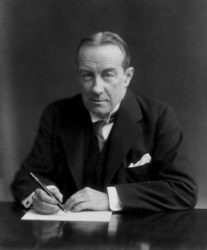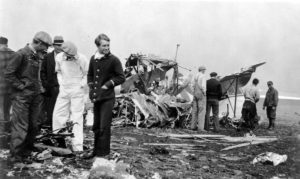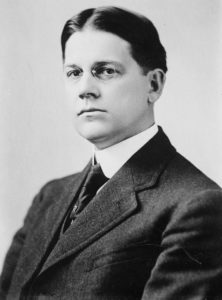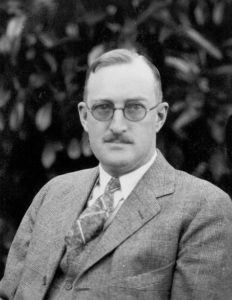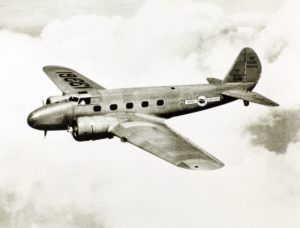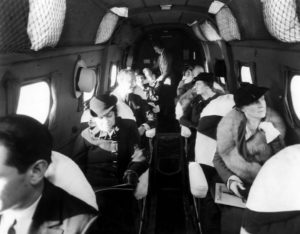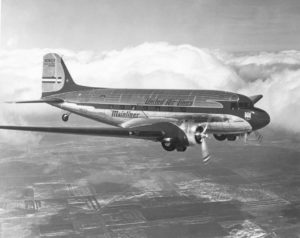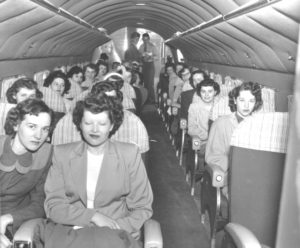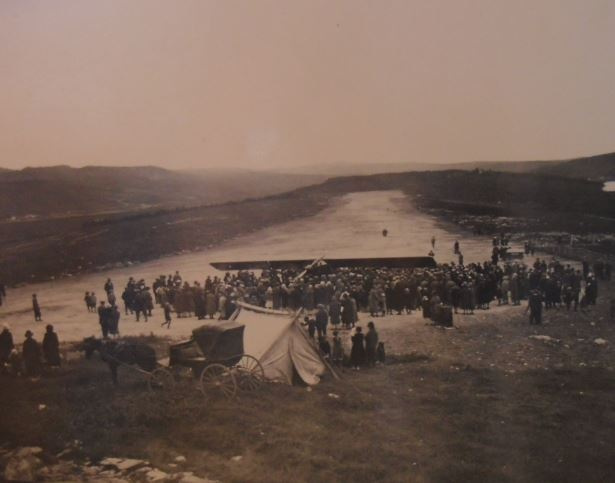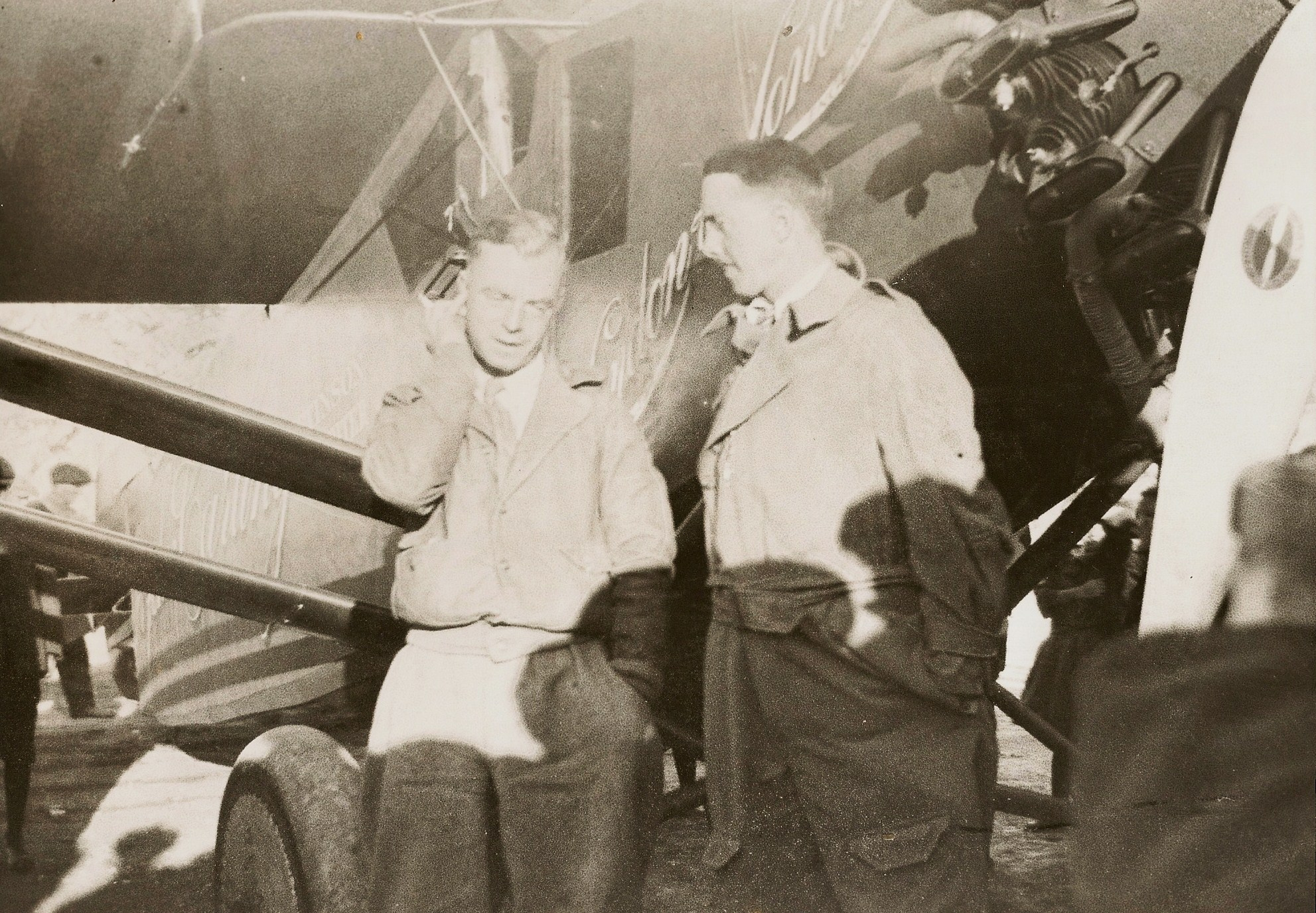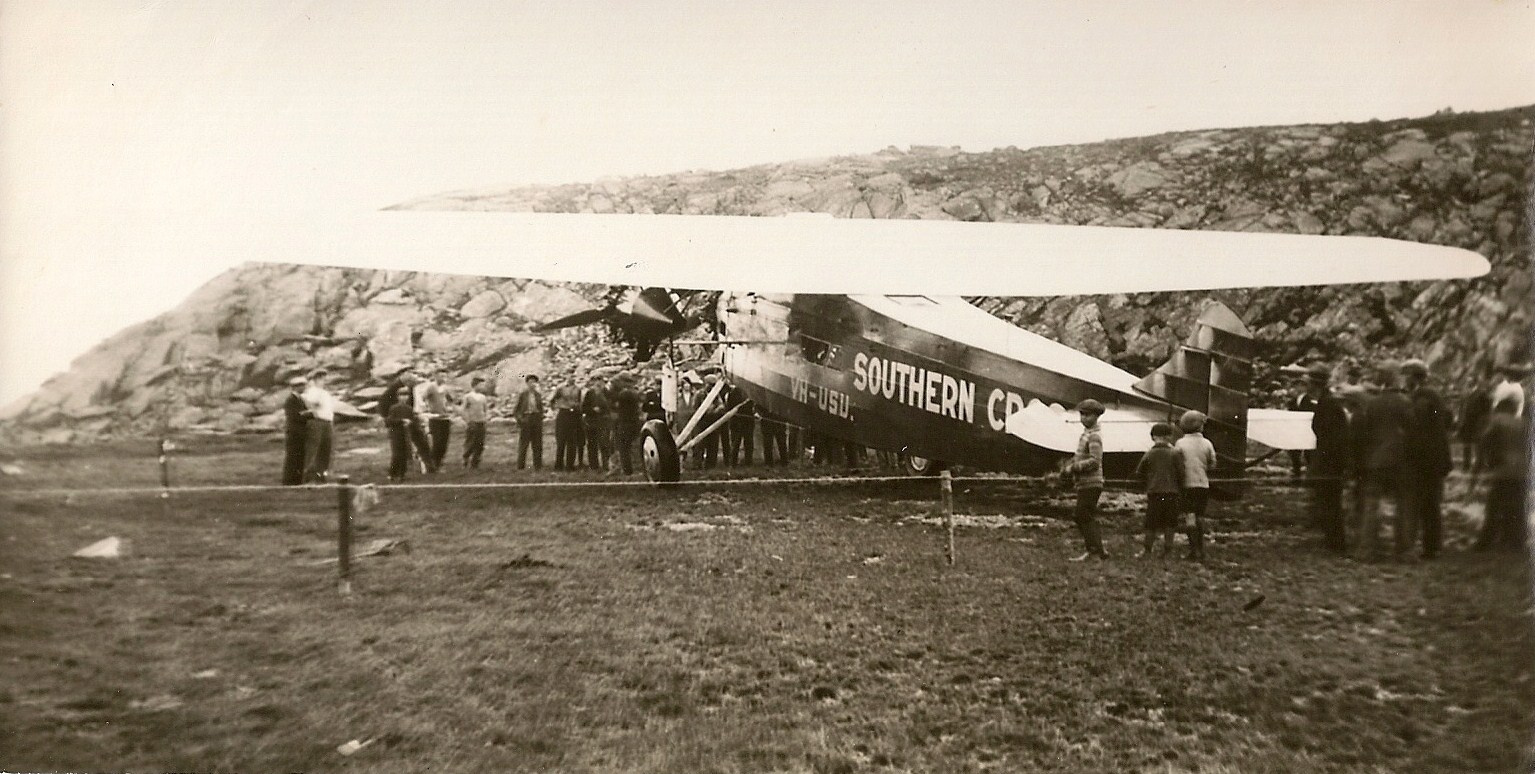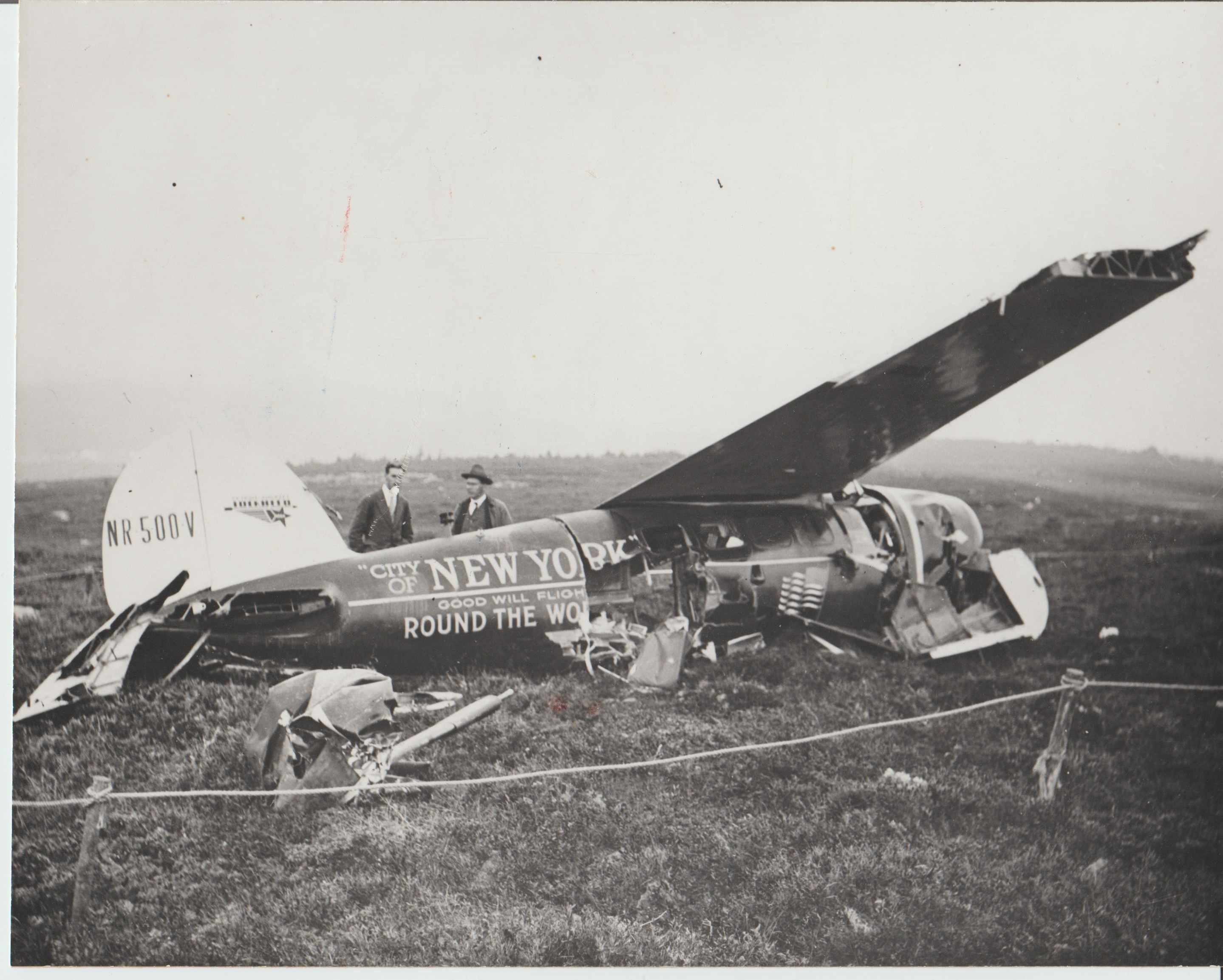Hi Indy and crew:
This is G. A. Blume. I contacted you guys via e-mail some months back offering my services as a historian specializing in strategic bombardment. You had suggested that I join your forum and I apologize for being so tardy in doing so. I have been working with the rebuild of a Boeing B-17F in Asheville, North Carolina and consulting with the National Museum of the US Air Force on their restoration of Memphis Belle. Things have been busy!
Still, with today being the anniversary of the invasion of France, Luxembourg, Belgium, and the Netherlands, I am sorry to be getting such a late start.
Hopefully, I can be of some use to you guys.
For now:
The Allied air situation in May 1940 was not particularly good.
Prior to the war, the general consensus had been that it was impossible to develop a successful long-range fighter. After all, carrying more gasoline would require a larger airframe, and larger airframes meant lower performance. As such, the fighters of the 1930s tended to take on interceptor qualities (perfected through years of racing tournaments and speed record attempts). For this reason, fighters on both sides had to operate from forward bases to have any effect on local air superiority as, for example, even the latest British fighters could barely cross the Channel before having to turn back.
And it must be stressed that the war began on the cusp of a new generation aircraft. Aircraft development is never easy and usually takes years to perfect. As such, while new designs were available, Europe went to war with decidedly 1930s-style aircraft, such as the British Hawker Hurricane, German Messerschmitt Bf-109, and French Morane-Saulnier MS406. This would hurt France considerably as, already hampered by SEVERE interservice rivalry and an indifferent government, the French Armée de l’Air had too few next-generation fighters (namely, the Dewoitine D520) to seriously combat the Germans.
For what it’s worth, one big issue was armament. The introduction of cantilever wings and metal airframes in the 1920s had raised the issue of cartridges larger than the .30/.303 caliber MG. The US opted to use the .50 caliber MG. Most others favored 20mm autocannon, but since it was bulky and unreliable, it was used in limited numbers. The Germans led the way in cannon development – which worked to their advantage – while the British increased the number of .30 caliber MGs in its fighters to often ridiculous amounts. Those French fighter pilots who managed to down German aircraft on the first day (some 47 bombers and 25 fighters) often complained about how much ammunition it took to down a German aircraft.
In regard to bombers:
Britain and the United States were the only major powers to seriously study the possibility of a strategic air campaign. (And even then, only Britain had a military structure willing to do so.)
RAF doctrine on strategic bombardment was unclear at best. International law prohibited the bombing of civilians but made allowances for civilian deaths provided the target was of legitimate military value. (Obviously, Germany stressed this law in regard to the bombing of Warsaw.) For the British, the memory of panicked civilians in the Great War, combined with the collapse of Germany in 1918, solidified the belief that SOMETHING could be done along these lines. Civilians might be killed as collateral damage, but the targets would have to be of military value. Still, for the British, the economic impact of targeting an industry was not nearly as important as the psychological.
The RAF was keenly aware that their bomber force was outdated. (Of the RAF mainstays – the Fairey Battle, Bristol Blenheim, Armstrong Whitworth Whitley, Handley Page Hampden, and Vickers Wellington – only the Wellington would not see a hasty retirement.) The introduction of radar had destroyed the possibility of daylight operations and the RAF was willing to accept this – after all, accuracy wasn’t the issue. As such, when the RAF began strategic operations on 17 May, it targeted synthetic oil refineries and steel mills: targets with features easily identifiable at night (i.e., storage tanks, blast furnaces, and smokestacks.)
Of course, blackouts and poor weather would prove this to be rather difficult in practice – but that’s for later…
Without anyone to champion the cause for strategic bombing (as well as a lack of funds to invest in it), France, Germany, and the Soviet Union focused more so on interdiction and tactical bombardment.
The invasion of France showed the world what effective tactical airpower was capable of. Starting on 13 May, Ju-87 Stukas provided continuous support to the German forces below rather than simply serve as “aerial artillery.” This significantly hampered the French efforts to halt the German advance upon the Meuse. By contrast, the British would see their tactical bombers – namely, the Fairey Battle – suffer incredible losses without achieving much success at all.
In the end though, it was the Germans who, inadvertently, brought about the strategic air war. With the German advance stalling (slightly) at Rotterdam, an opportunity was presented to surrender the city prior to a formal engagement. Rudolf Schmidt had called upon the Luftwaffe to conduct a Stuka strike should the Dutch hesitate, but somewhere along the upper channels the decision was made to launch a level-bomber strike. On 14 May, the Luftwaffe launched 54 aircraft from II and III/KG54 under Oberst Walter Lackner and 46 He-111s from I/KG54 under Oberstleutnant Otto P. W. Höhne against the city. 57 aircraft dropped their loads into the city before spotting a flare signaling them to abort (the recall order had not been heard).
Rotterdam was mostly wooden and its fire brigades almost all volunteer. Because of evacuations, the dead was limited to 884, thought this was still a huge figure when compared to previous bombings.
Considering the almost helpless state of the Dutch military (no German bombers were lost, for example), the bombing of Rotterdam caused international outrage. On 17 May, the RAF lifted its restrictions against bombing Germany proper, launching 24 Armstrong Whitworth Whitleys, 52 Vickers Wellingtons, and 54 Handley Page Hampdens against the railyards of Cologne and the oil refineries of Hamburg and Bremen, Germany. No RAF aircraft were lost, though 47 civilians were killed.
Hope this helps.
Cheers!
G. A. Blume
Historian
www.GBlume.com
www.HangarThirteen.org
